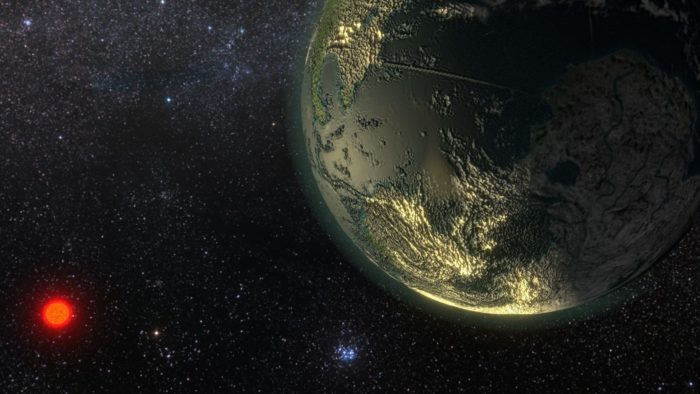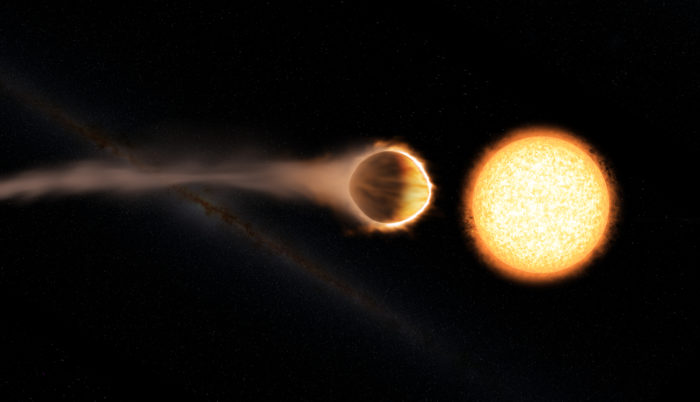- 8.5Kshares
- Share
- Tweet
- Facebook Messenger
When Yuri Gagarin went for a spacewalk in 1965, the world watched in awe because it was something beyond our imagination. When Neil Armstrong took the giant leap for mankind, we cheered from Earth. And since then we’ve tried to go further and further to see if there is life beyond our little solar system. As our country is participating in that process as well, after all these years, one of us has made a significant discovery that’ll go down in history.
According to Hindustan Times, Abhijit Chakraborty of the Physical Research Laboratory (PRL) in Ahmedabad has located a planet far away from Earth. His report said that,

“We report here strong evidence for a sub-Saturn around EPIC 211945201 and confirm its planetary nature.”
What Abhijit and his team has found is called an exoplanet that’s orbiting a star 600 light years away from Earth. And exoplanets are basically planets that orbit stars other than the Sun.

This discovery is the result of the crew’s one and half year research. They were studying the light being emitted from the planet’s host star, EPIC 211945201 or K2-236. So, they’ve decided to call it EPIC 211945201b or K2-236b.
The director of PRL, Anil Bhardwaj has said that exoplanet discovery has become one of the most exciting areas of research. And as of June 2nd, 3786 exoplanets have been discovered. So, how are they actually found?
Well, the easiest way to do so would’ve been to stock up on supplies and travel across the Galaxy to K2-236b. However, since that’s not possible yet, Abhijit and co. did the next best thing. They observed the light emitting from the star. So, any changes in its wavelength would indicate the existence of a planet.

Now, the first criteria of a planet being able to support any life form is that it has to have liquid water. So, in case of planets orbiting around a star, there’s a band around it that creates conditions for hosting liquid water on the planet. And that is called the habitable zone or its much more zany sounding name, the “Goldilocks” zone.
While all that information is fine and dandy, the million dollar question that’s orbiting everyone’s mind is whether the planet found by Abhijit Chakraborty actually habitable or not?
Let’s get straight to the facts. The surface temperature of K2-236b is around 600 degrees Celsius. That’s because the planet (or exoplanet) is 7 times closer to its host star than Earth is from the Sun. So, the answer to that question is that it’s not very likely that it’ll be able to sustain life.

Now, the planet not being able to sustain life might sound like a bummer, but that was never the mission. The objective was to confirm its planetary nature and Abhijit did it.
Science is evolving in leaps and bounds and it’s certainly motivating to see Indians contributing to it. Congratulations to Abhijit Chakraborty and the group of scientists who worked with him. We hope they keep doing what they’re doing and more.
Representative Cover Image Source
- 8.5Kshares
- Share
- Tweet
- Facebook Messenger




